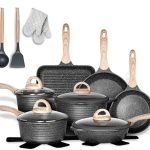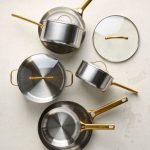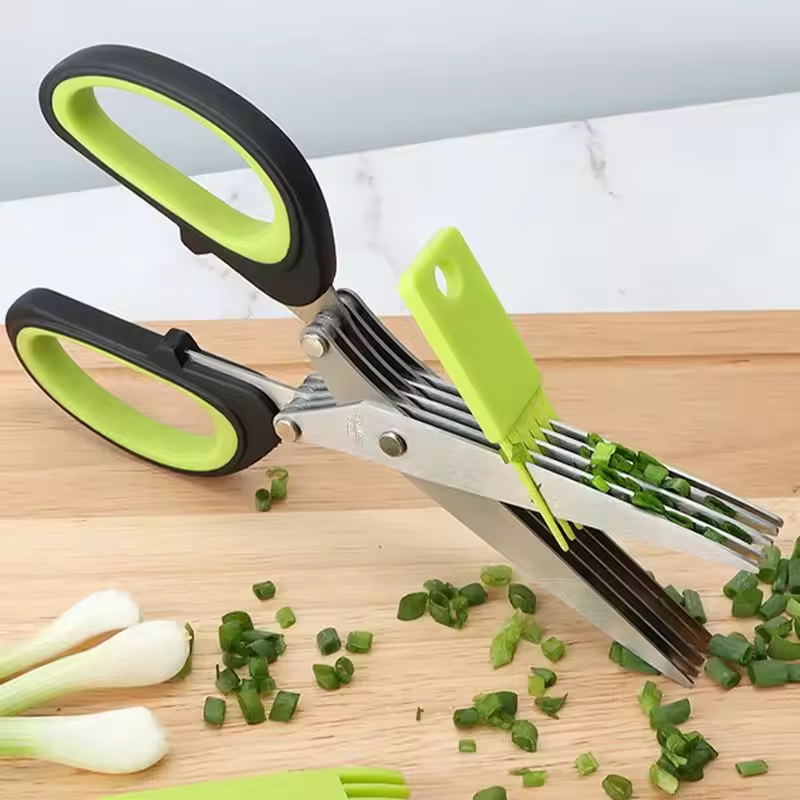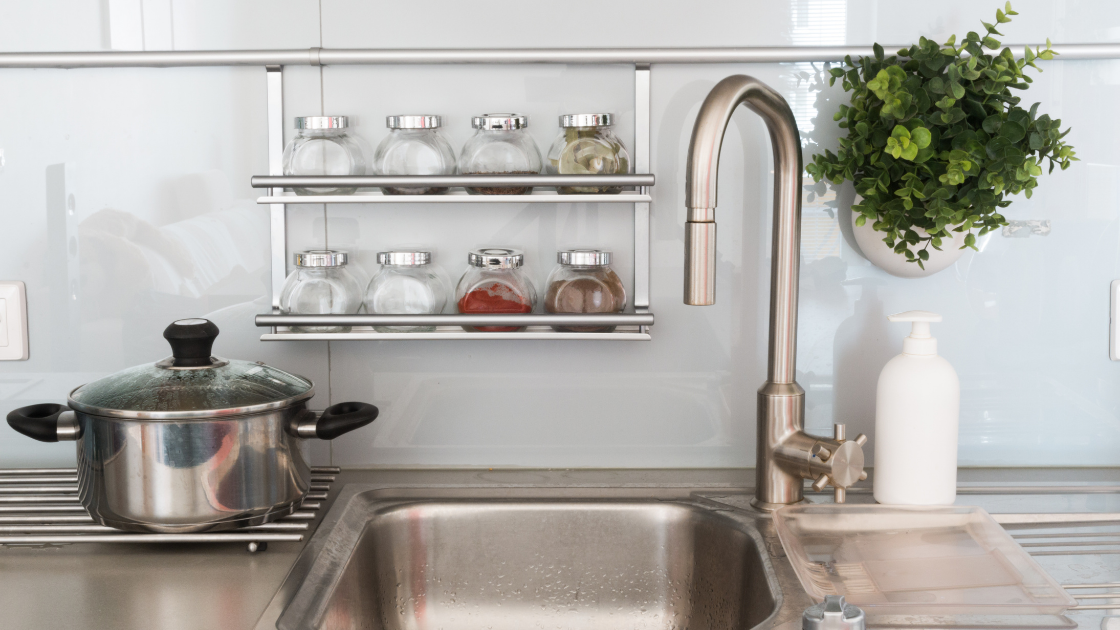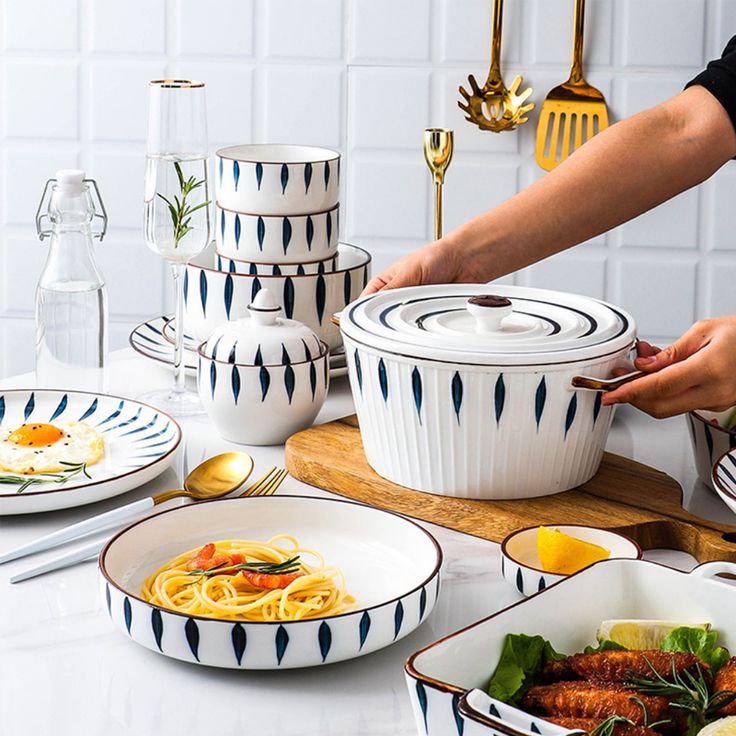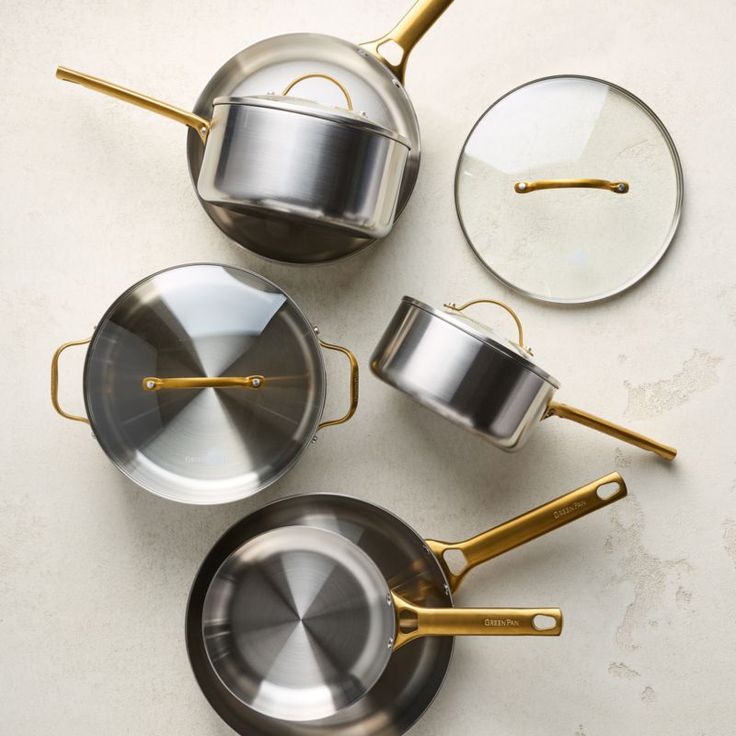Choosing the right cookware can significantly impact your cooking experience and the quality of your meals. With a variety of materials available in the market, aluminum and stainless steel are two of the most popular choices among home cooks and professionals alike. Each type of cookware has its unique attributes, pros, and cons, making it essential to understand which one aligns best with your culinary needs. This article will delve into a detailed comparison between aluminum and stainless steel cookware, covering various aspects from heat conductivity to maintenance and cost.
Heat Conductivity
One of the primary considerations when selecting cookware is its ability to conduct heat. Aluminum cookware excels in this area due to its high thermal conductivity. It heats up quickly and distributes heat evenly across the cooking surface, reducing hot spots that can lead to unevenly cooked food. This makes aluminum an excellent choice for tasks requiring precise temperature control, such as sautéing or making delicate sauces. On the other hand, stainless steel cookware has relatively poor heat conduction. However, manufacturers often address this issue by constructing stainless steel pans with an aluminum or copper core, enhancing their heat distribution capabilities. While these multi-layered (tri-ply or clad) options improve performance, they also tend to be more expensive than pure aluminum cookware.
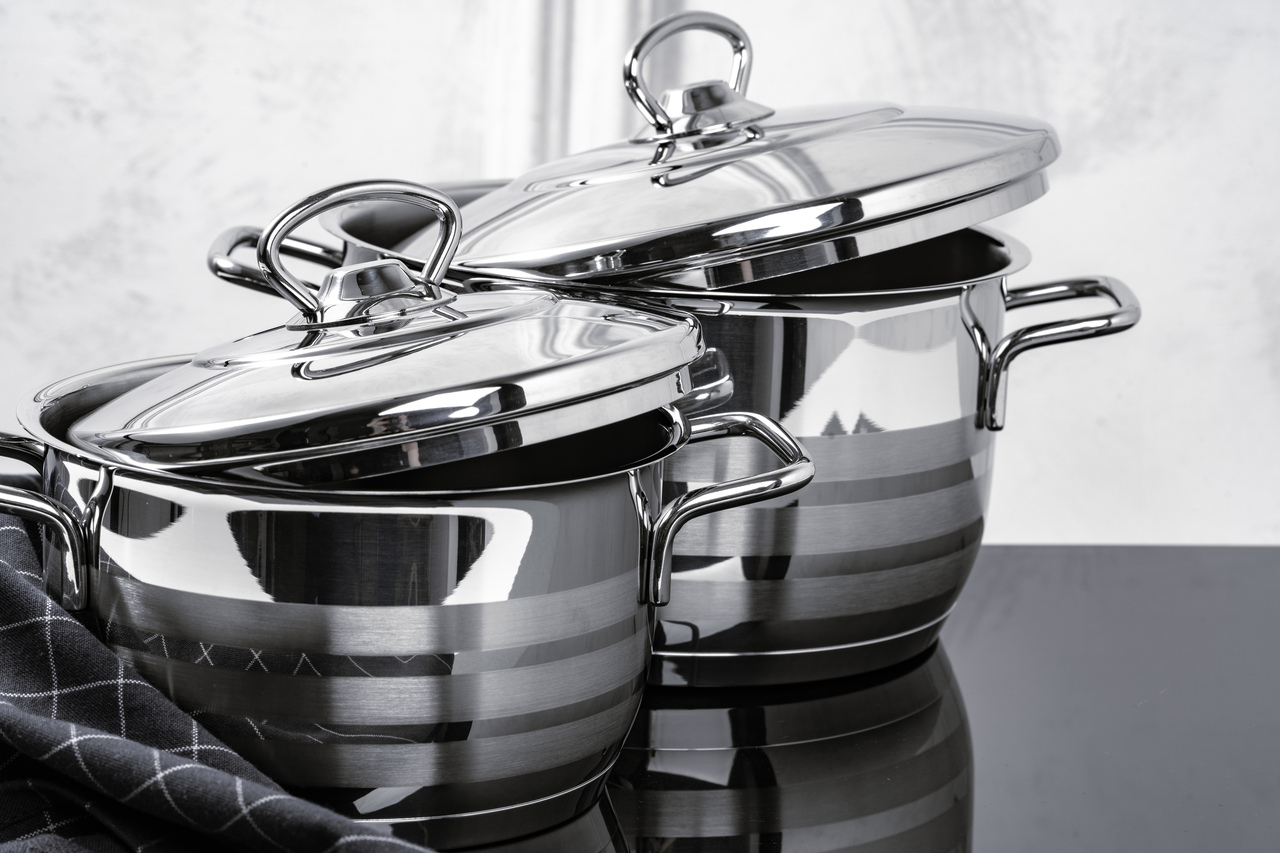
Durability
When it comes to durability, stainless steel stands out as the superior choice. Stainless steel cookware is highly resistant to scratches, dents, and corrosion, making it incredibly durable and capable of withstanding heavy use over a long period. This robustness makes it a favorite in professional kitchens where cookware is subjected to rigorous use. In contrast, aluminum is softer and more prone to scratches and dents. Anodized aluminum cookware, which undergoes an electrochemical process to harden the surface, offers enhanced durability and resistance to corrosion but still doesn’t match the longevity of stainless steel. If you’re looking for cookware that can endure the test of time and maintain its appearance, stainless steel is the better option.
Reactivity with Food
The reactivity of cookware material with food is another crucial factor to consider. Aluminum is a reactive metal, which means it can react with acidic or alkaline foods, potentially altering the taste and color of the dish and even causing the metal to leach into the food. This reaction can affect the flavor profile of recipes like tomato-based sauces or dishes involving citrus. To mitigate this, many aluminum cookware pieces are anodized or coated with non-stick surfaces, creating a protective barrier between the metal and the food. Stainless steel, on the other hand, is non-reactive, making it a safer choice for cooking a wide variety of dishes without worrying about unwanted chemical reactions. This characteristic allows for greater versatility in the kitchen, especially when preparing a diverse range of cuisines.
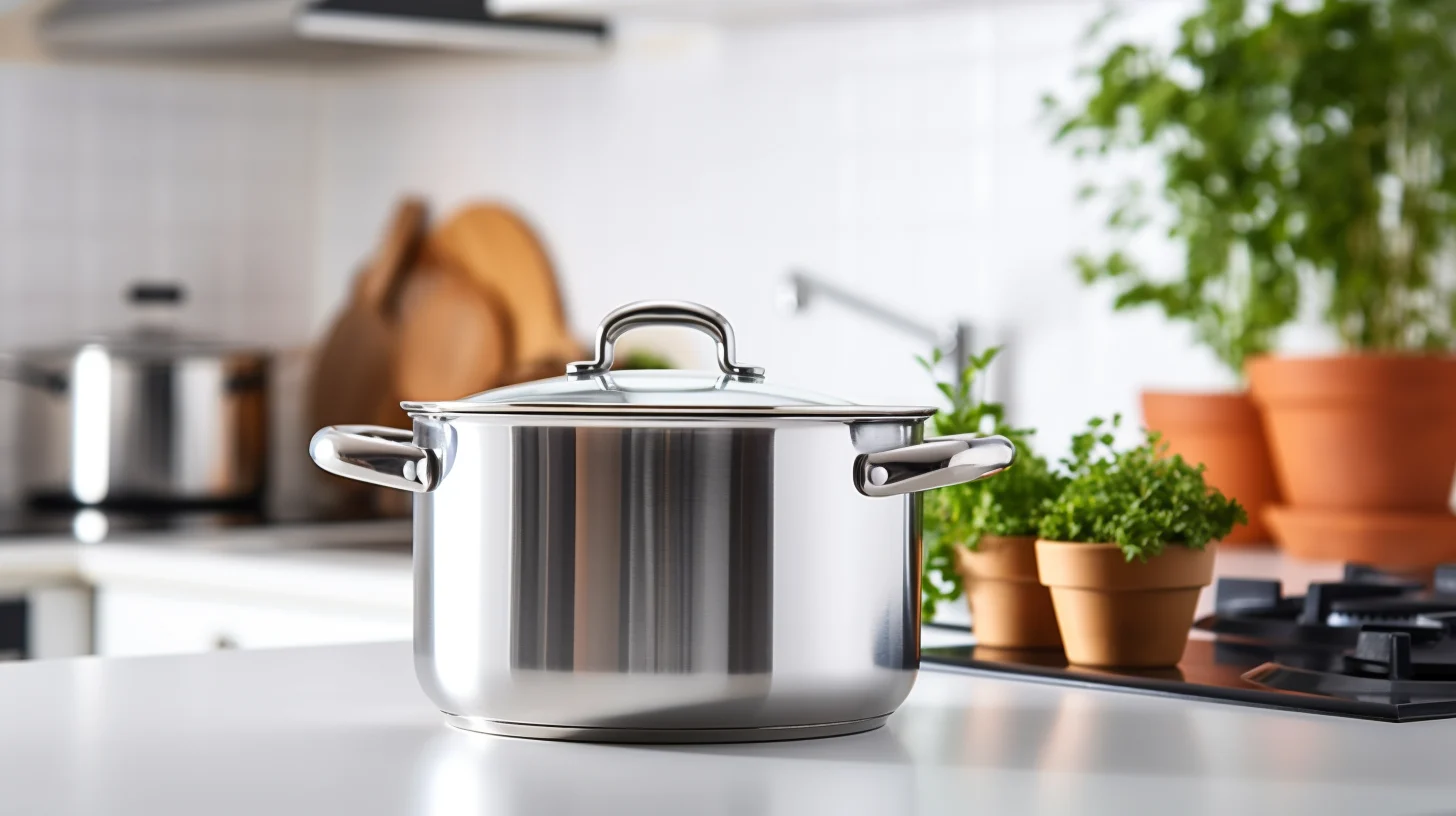
Maintenance and Cleaning
Ease of maintenance and cleaning is an important consideration for busy home cooks and professionals. Stainless steel cookware is known for being relatively low-maintenance. It can withstand rigorous scrubbing with abrasive pads and is usually dishwasher-safe, making clean-up straightforward. Additionally, it resists staining and retains its shiny appearance with minimal effort. Aluminum cookware, particularly non-anodized versions, requires more careful handling to avoid damage. Non-stick aluminum pans should not be scrubbed with abrasive materials to prevent scratching the coating, and they are typically not dishwasher safe. Anodized aluminum fares better in terms of maintenance, but it still requires a gentler touch compared to stainless steel. If ease of cleaning and minimal maintenance are top priorities for you, stainless steel is likely the more suitable choice.
Weight and Handling
The weight of cookware can influence your comfort and efficiency in the kitchen. Aluminum cookware is notably lighter than stainless steel, which can make it easier to handle, especially for those who prefer lightweight pots and pans for everyday cooking. This lightweight nature allows for easy maneuvering, pouring, and flipping, which can be advantageous during fast-paced cooking sessions. Conversely, stainless steel cookware tends to be heavier due to its density and the addition of multiple layers in clad designs. While this added weight can provide stability and help in maintaining contact with the heat source, it may be cumbersome for some users, particularly when dealing with larger pots and pans. Considering your own strength and cooking style can help determine which material feels more comfortable and manageable in your kitchen.
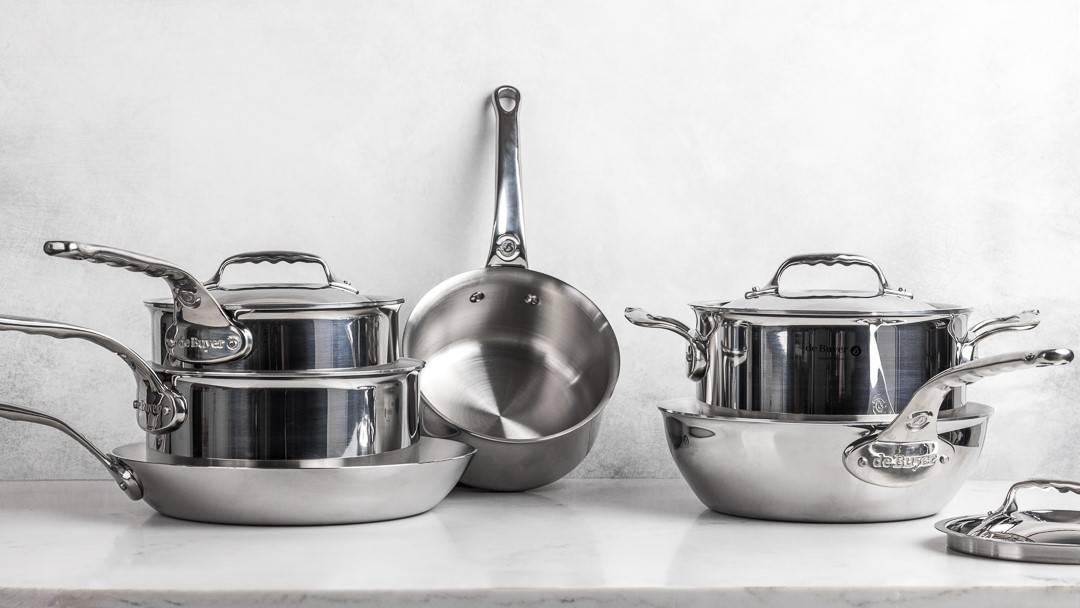
Cooking Performance
Cooking performance is a key aspect that encompasses several factors, including heat retention, responsiveness, and versatility. Aluminum’s rapid heat conductivity ensures quick heating and cooling, making it ideal for tasks that require swift temperature changes. However, its heat retention is not as strong as that of stainless steel, meaning it cools down faster once removed from the heat source. This can be a disadvantage for recipes that benefit from prolonged heat, such as slow-cooked stews or braises. Stainless steel, while slower to heat up, excels in heat retention, providing steady and consistent cooking. This makes it suitable for a wider range of cooking techniques, including searing, browning, and deglazing. The multi-layered construction of high-quality stainless steel pots and pans further enhances their performance, offering a balance of heat conductivity and retention that can cater to diverse culinary needs.
Price Point
Budget is always a consideration when investing in new cookware. Aluminum cookware is generally more affordable than stainless steel, making it an attractive option for those seeking cost-effective solutions. The lower price point does not necessarily equate to lower quality, as there are many well-crafted aluminum options that provide excellent cooking performance and durability, particularly in the anodized category. Stainless steel cookware, especially high-quality tri-ply or fully clad varieties, tends to be more expensive. However, this higher upfront cost can be seen as an investment due to its longevity and superior performance in various cooking applications. When evaluating price, it’s important to weigh the initial expense against long-term value and performance to determine which option offers the best return on investment for your cooking habits.

Health Considerations
Health implications related to cookware materials are a growing concern for many consumers. Aluminum cookware, if not properly coated or anodized, has raised health concerns due to the potential for aluminum to leach into food, particularly when cooking acidic dishes. Although the amount leached is generally considered minimal and safe by health standards, some people prefer to avoid any risk altogether. Anodized aluminum provides a safer alternative as the anodization process creates a non-reactive surface. Stainless steel, being non-reactive, poses no health risks related to leaching metals into food. However, it’s worth noting that stainless steel cookware often contains small amounts of nickel and chromium, which could potentially cause allergic reactions in sensitive individuals. Overall, both materials can be considered safe when choosing high-quality products and following proper cooking guidelines.
Versatility and Compatibility
Versatility is a significant advantage when selecting cookware, as it determines how many different cooking methods and heat sources the pans can accommodate. Aluminum cookware, particularly non-stick varieties, is versatile for stovetop cooking but is generally not suitable for induction cooktops unless specifically designed with an induction-compatible base. Additionally, non-stick coatings can limit the use of high-heat cooking techniques like broiling or oven use. Stainless steel cookware, particularly fully clad versions, offers exceptional versatility. It is compatible with all heat sources, including induction, and can easily transition from stovetop to oven, making it ideal for recipes that require finishing in the oven. This adaptability makes stainless steel a preferred choice for those who enjoy experimenting with various cooking methods and cuisines.
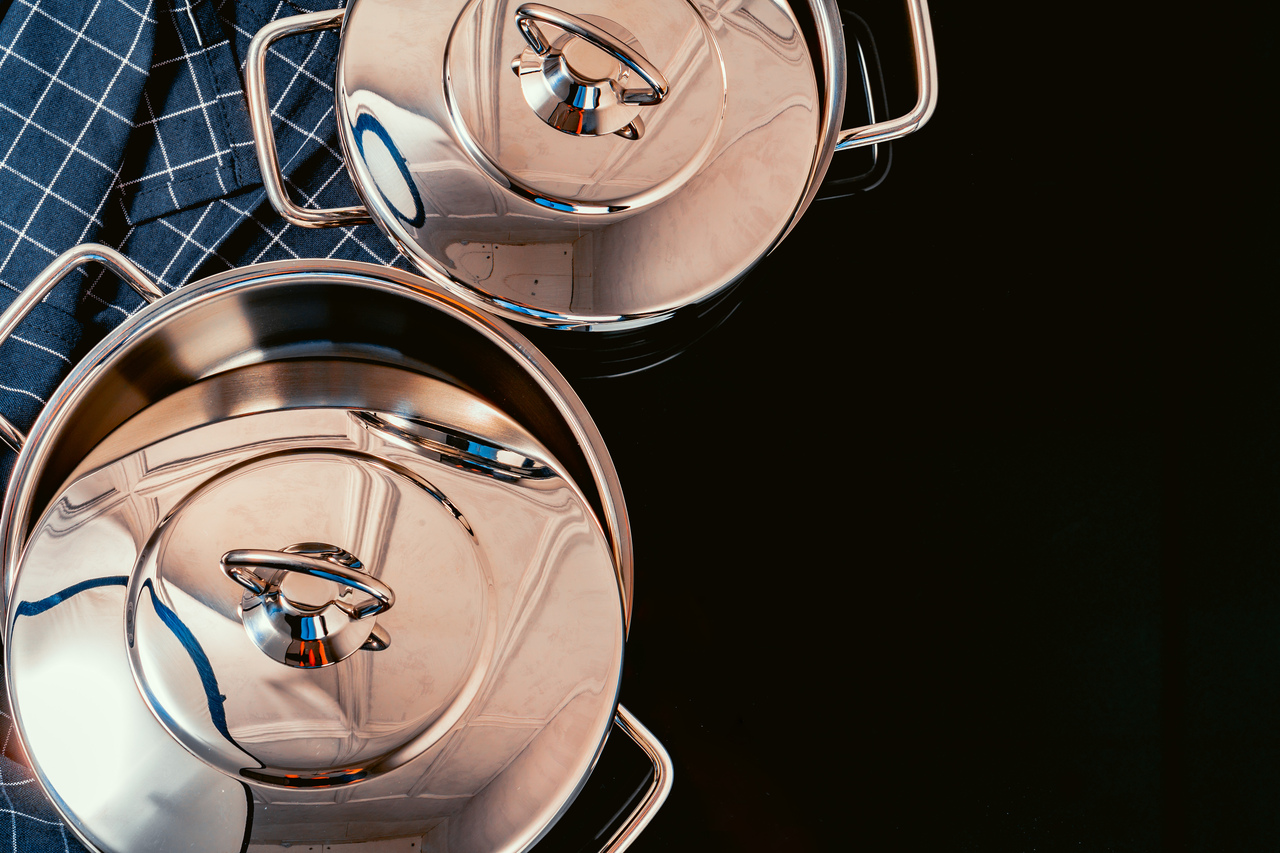
Environmental Impact
Environmental considerations are becoming increasingly important for many consumers when purchasing cookware. Aluminum cookware production involves mining bauxite ore, which can have significant environmental impacts, including habitat destruction and pollution. Recycling aluminum, however, is highly efficient and reduces the environmental footprint. Stainless steel production also has environmental implications, primarily related to mining and energy consumption. However, stainless steel is 100% recyclable and has a long lifespan, which can mitigate some of the environmental impacts associated with its production. When choosing cookware, considering the environmental practices of the manufacturer and the potential for recycling the product at the end of its life can help make a more informed and eco-friendly decision.
Aesthetics and Design
The visual appeal and design of cookware can influence your preference, especially if you enjoy a stylish kitchen. Stainless steel cookware is often favored for its sleek, shiny appearance that retains its luster over time and complements a modern kitchen aesthetic. It is available in a variety of designs and finishes, from polished to brushed, allowing you to choose according to your style preference. Aluminum cookware, especially anodized versions, offers a contemporary look with a matte finish that can also be quite attractive. Non-stick aluminum cookware often comes in a range of colors and designs, providing more options to match your kitchen decor. The choice between aluminum and stainless steel can also come down to personal aesthetics and how the cookware fits into your overall kitchen design.
Conclusion
In conclusion, both aluminum and stainless steel cookware have their unique advantages and drawbacks, making the choice ultimately dependent on your specific needs and preferences. Aluminum cookware excels in heat conductivity, lightweight handling, and affordability, making it suitable for quick, precise cooking tasks. However, it requires more careful maintenance and may not be as durable or versatile as stainless steel. On the other hand, stainless steel cookware offers exceptional durability, non-reactive properties, and versatility across various cooking methods and heat sources, justifying its higher price point and weight. By considering factors such as cooking style, budget, maintenance preferences, and health concerns, you can make an informed decision on whether aluminum or stainless steel cookware is the right choice for your kitchen.

